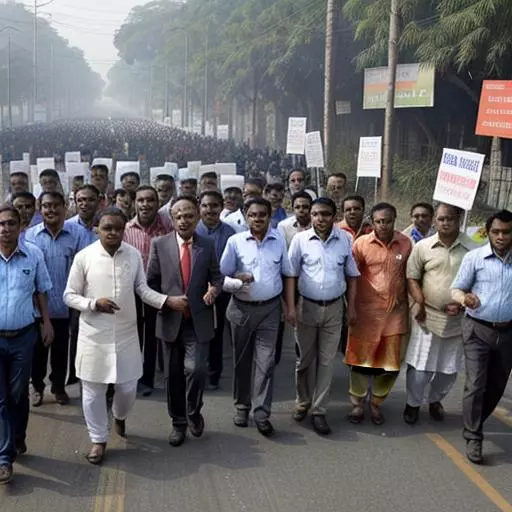Introduction
Grassroots campaigns have long been the backbone of political and social movements. These campaigns empower individuals and communities to come together, make a difference, and create meaningful change from the ground up. Whether you’re advocating for a political candidate, a social cause, or a local issue, running an effective grassroots campaign can be a powerful tool for achieving your goals.
In this blog, we’ll explore the key elements of running an effective grassroots campaign, from defining your mission and building a passionate team to mobilizing supporters and measuring your impact. By the end, you’ll have a blueprint for success that can be adapted to a wide range of campaigns.
- Define Your Mission and Goals
Every successful grassroots campaign begins with a clear mission and well-defined goals. What do you hope to achieve? Who is your target audience? What issues or values are at the core of your campaign? Take the time to articulate your mission and establish concrete, achievable goals. This clarity will guide all of your campaign activities.
- Build a Passionate Team
A grassroots campaign is only as strong as the team behind it. Recruit individuals who are passionate about your cause and who bring diverse skills and perspectives to the table. Your team should be dedicated, organized, and willing to put in the time and effort required to make the campaign a success.
- Develop a Strategic Plan
Create a comprehensive campaign plan that outlines your strategies and tactics. This plan should include a timeline, a budget, and a list of key tasks and responsibilities. Your strategic plan will serve as a roadmap for your campaign, helping you stay on track and allocate resources effectively.
- Engage Your Community
Engaging with your local community is essential in grassroots campaigns. Attend community meetings, host town halls, and connect with local influencers and organizations that share your values. Building strong relationships within your community will help you gain support and credibility.
- Mobilize Your Supporters
Your campaign’s success hinges on your ability to mobilize supporters. Develop a communication strategy that includes social media, email newsletters, and in-person events to engage and energize your base. Encourage volunteers to take on leadership roles and empower them to spread the word.
- Utilize Technology and Data
In today’s digital age, technology plays a crucial role in grassroots campaigning. Use tools like campaign management software, social media analytics, and email marketing platforms to reach a broader audience and track your progress. Data-driven insights can help you refine your strategies for maximum impact.
- Fundraise Effectively
Running a grassroots campaign often requires financial resources. Implement a fundraising strategy that includes online donations, crowdfunding campaigns, and traditional fundraising events. Be transparent about how funds will be used, and keep your supporters updated on your financial progress.
- Implement Grassroots Organizing Tactics
Grassroots organizing involves on-the-ground efforts such as door-knocking, phone banking, and community canvassing. These tactics allow you to connect directly with voters or supporters, build personal relationships, and convey your message effectively.
- Monitor and Measure Your Impact
Regularly assess your campaign’s progress and effectiveness. Use key performance indicators (KPIs) to track metrics like voter turnout, volunteer engagement, and fundraising goals. Analyze the data to identify what’s working and what needs improvement, then adjust your strategies accordingly.
- Stay Adaptable and Resilient
Grassroots campaigns can face unexpected challenges and setbacks. It’s essential to remain adaptable and resilient in the face of adversity. Be open to feedback, learn from your experiences, and don’t be discouraged by setbacks. A resilient campaign can overcome obstacles and continue to make progress.
Conclusion
Running an effective grassroots campaign is a dynamic and rewarding endeavor. It requires dedication, teamwork, and a clear strategy, but the impact you can have on your community or cause is well worth the effort. By following the steps outlined in this blueprint, you can build a strong foundation for your grassroots campaign and work towards creating meaningful change from the ground up. Remember that every voice and action counts, and with determination and a passionate team, your campaign can make a lasting impact.

